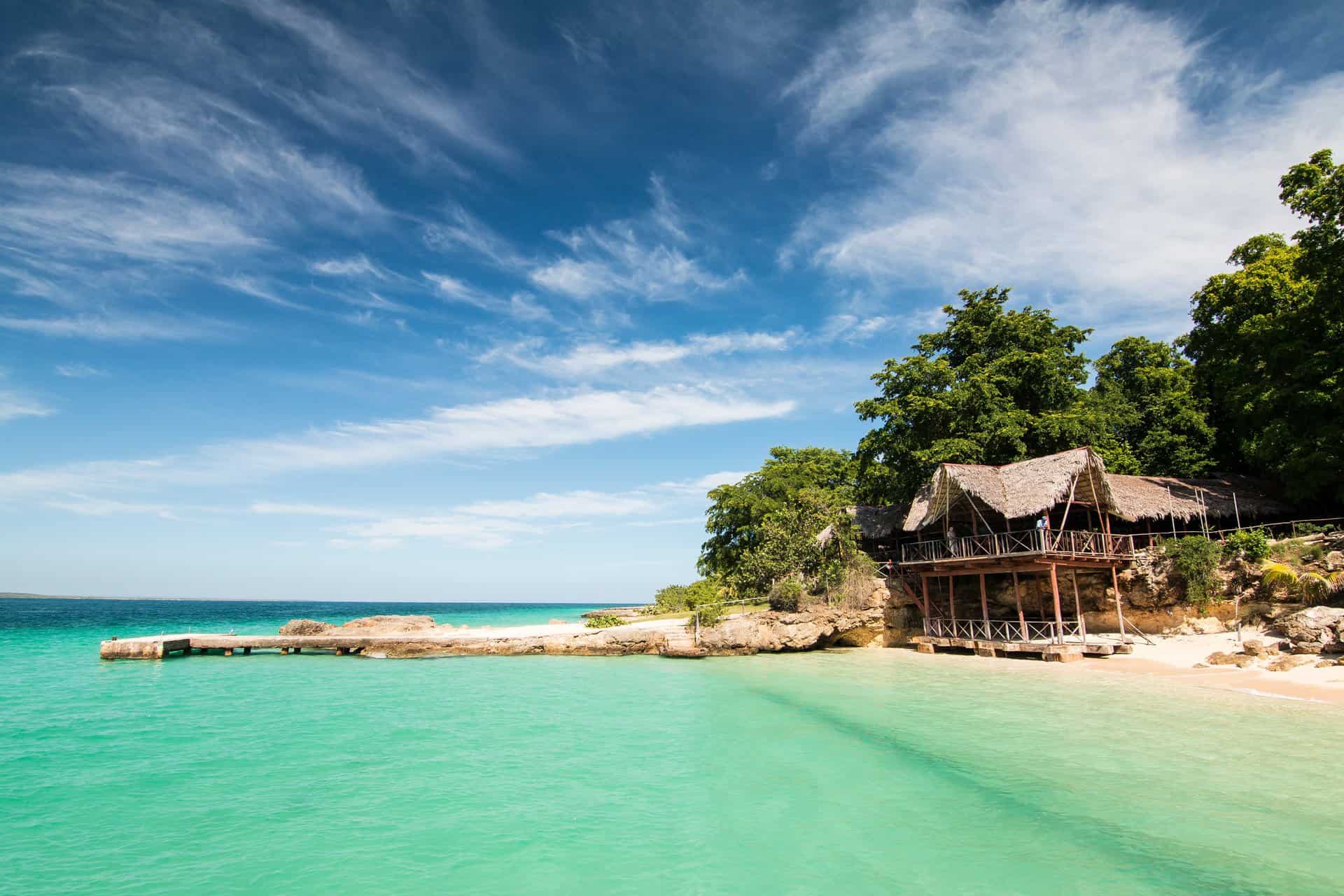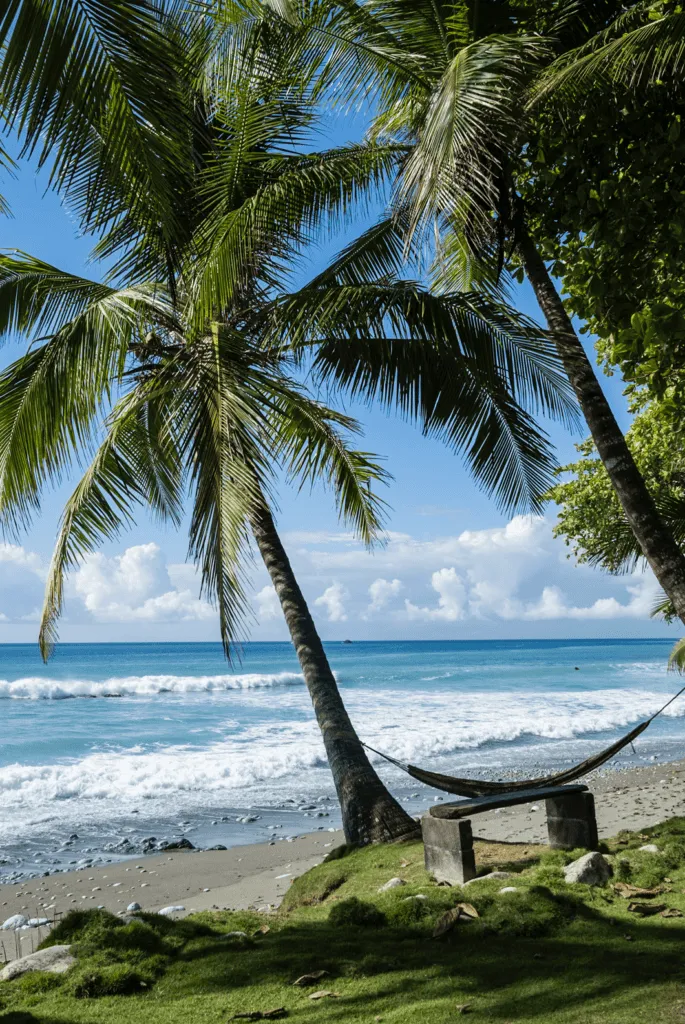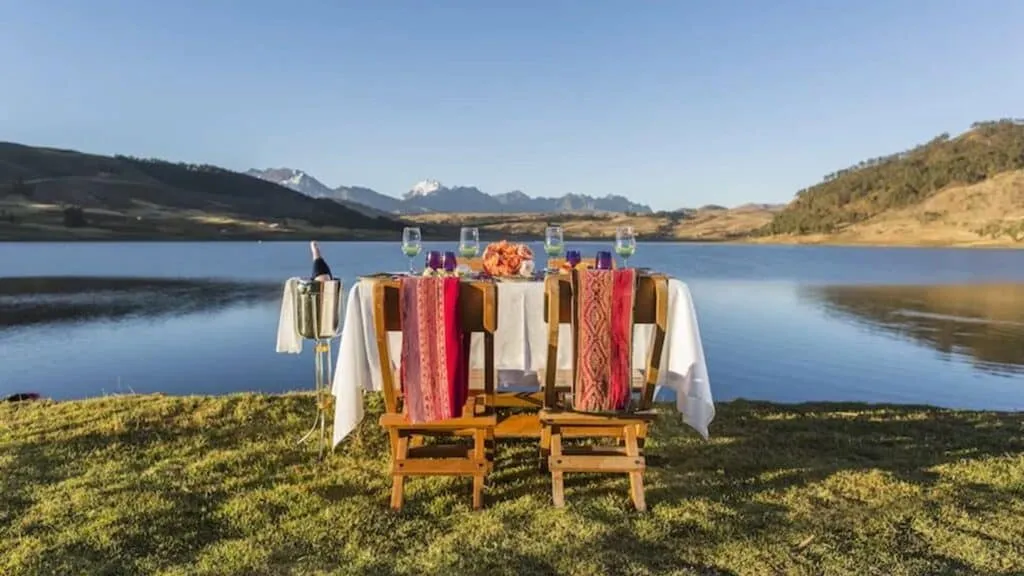
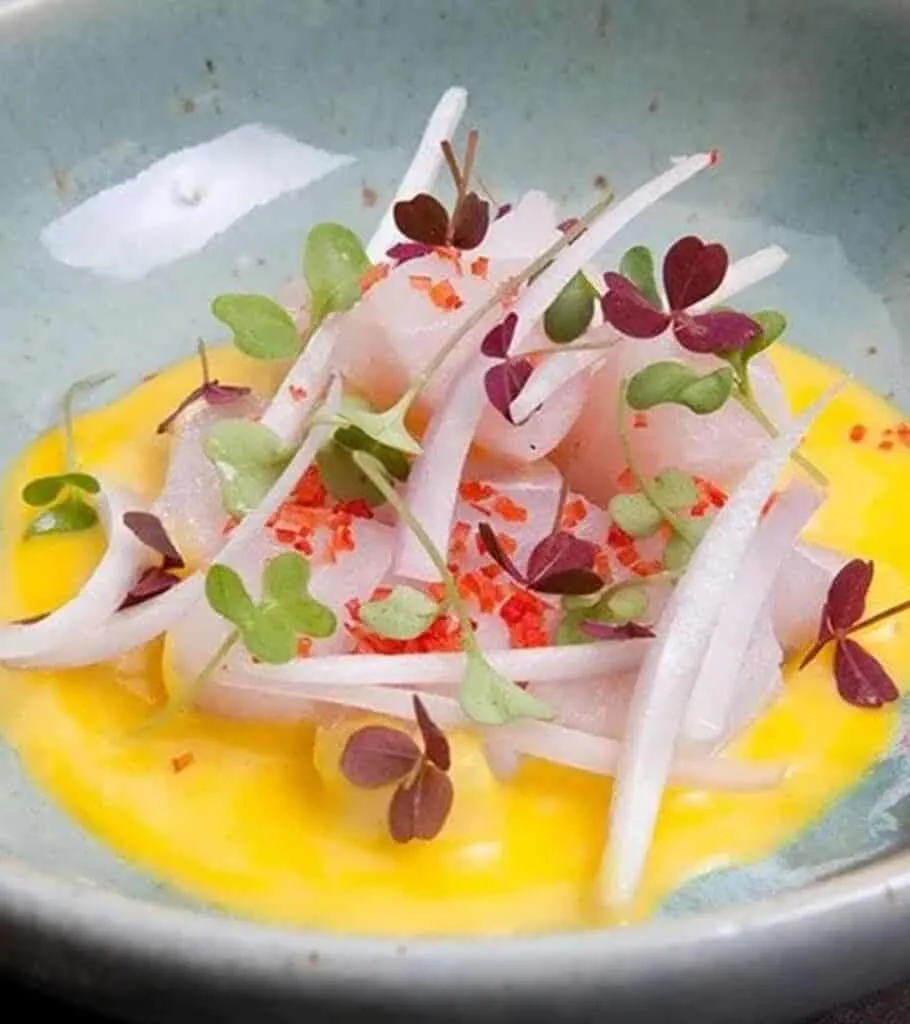
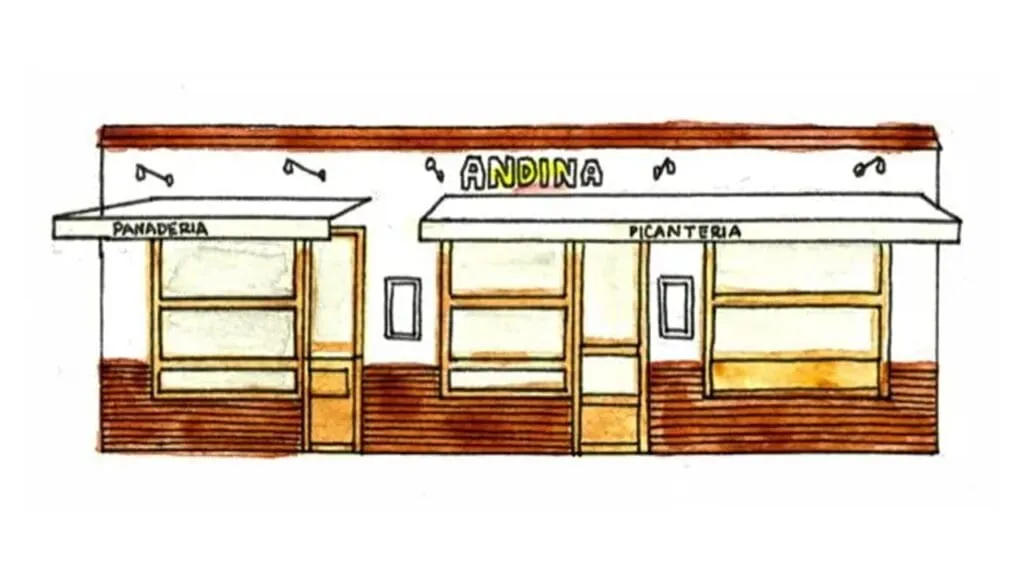
Over the past 6 years, Martin Morales has played a key role in bringing Peruvian cuisine to London and raising its popularity to fever pitch.
Today, he has 4 highly successful restaurants in London (Ceviche Soho, Ceviche Old St, Andina in Shoreditch and Casita Andina in Soho) and just this week has opened 2 more (Andina Panaderia and Andina Picanteria) in Notting Hill.
We caught up with the main man to talk about his new ventures, the role of food in Peruvian culture, and his top tips for exploring Peru’s local street food markets…
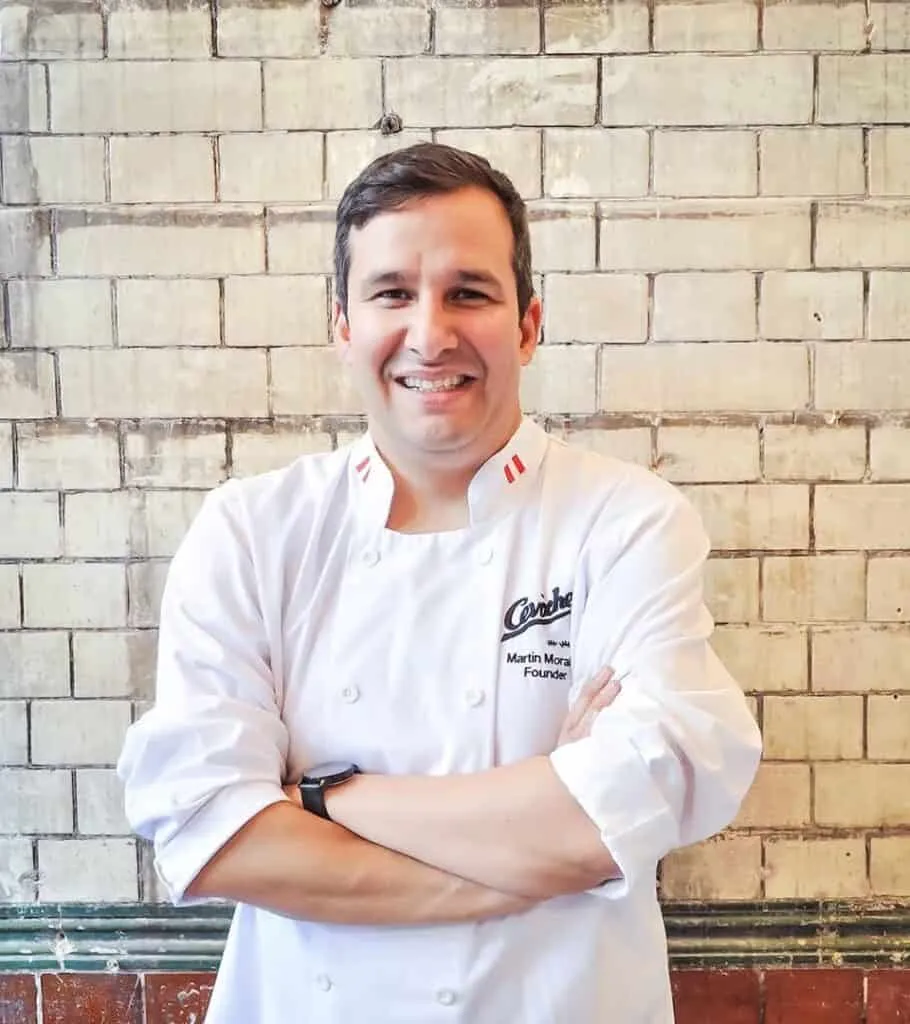
1. Why did you choose to set up shop in London, ahead of other world cities.
London is my home town and has been for over twenty years. For me this is the world’s greatest food capital with the very best restaurants; the very best chefs. I feel I have a great connection here – I know a lot of chefs and foodies, so to create something so special, using Peruvian food and innovating in this way – I think this is the most exciting place to do it. And finally because London has the most fascinating, interesting and exciting mix of people from all over the world. Living here you have born-and-raised Londoners, and Londoners that originated from all over the world, from such diverse continents as Africa or Latin America.
2. Why do you feel Peruvian food appeals to Londoners?
I think it’s really well matched. The cuisine that my team and I create and make is well matched to what people living here are looking for – it’s very fresh.
3. What can we expect from your two newest ventures; Andina Panaderia and Andina Picanteria?
Andina Panaderia is a bakery that started with a childhood nostalgia, growing up going to the Andes and trying traditional breads and baked goods; smelling them and enjoying them… Thinking, gosh – people would love this! And always wanting to try opening a bakery at some point in my life. As our team has grown in the last few years and we’ve developed such talent within the team, we’re more interested in representing this area of food; creating breads and dishes that are traditional of Peru. Some are fusions, but others are more traditional breads and pastries. We also have delicious drinks; smoothies and juices – a real mix representing a Peruvian bakery.
Andina Picanteria is inspired by the family-run restaurants you find in the Andes, offering ‘soul food’ – that’s what I call it! Full of flavours, it comes from the heart and it comes from tradition. We have a series of small dishes that are really exquisite; we have what we call our big dishes – basically good hot meals; and then we have a couple of feasting dishes for 2 people. Some of these dishes we discovered on our trips into the Andes, and others are just wildly creative that we’ve been developing for some time and wanted to present here for the first time. There’s a lot of vegan dishes, but also some really exquisite meat dishes. For us it’s always about balance – we love to tickle all the senses with great flavours, great colours, great music and great service.
4. From restaurant vision to opening day, what’s the best part of the process?
Two weeks after opening! No – the whole process is incredibly creative and that’s what I thrive on. The idea of having a dream to do something really, truly new and then working super hard to find a place where that dream can come true; doing the negotiations, the arduous and tricky processes like signing a lease deal, and then bringing the creative processes all together, developing the ideas and the interior design – it’s massively exciting. So much creativity goes into the jigsaw puzzle that is opening a new restaurant – and I thrive on all of it, from the menu design to designing even the printed menu or the website, and the composition of ingredients and dishes with our team.
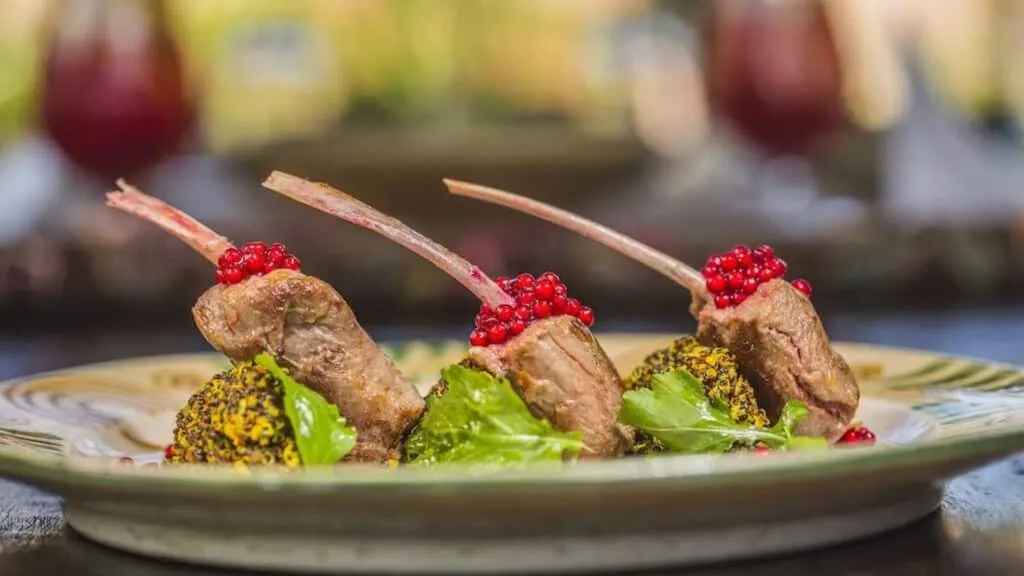
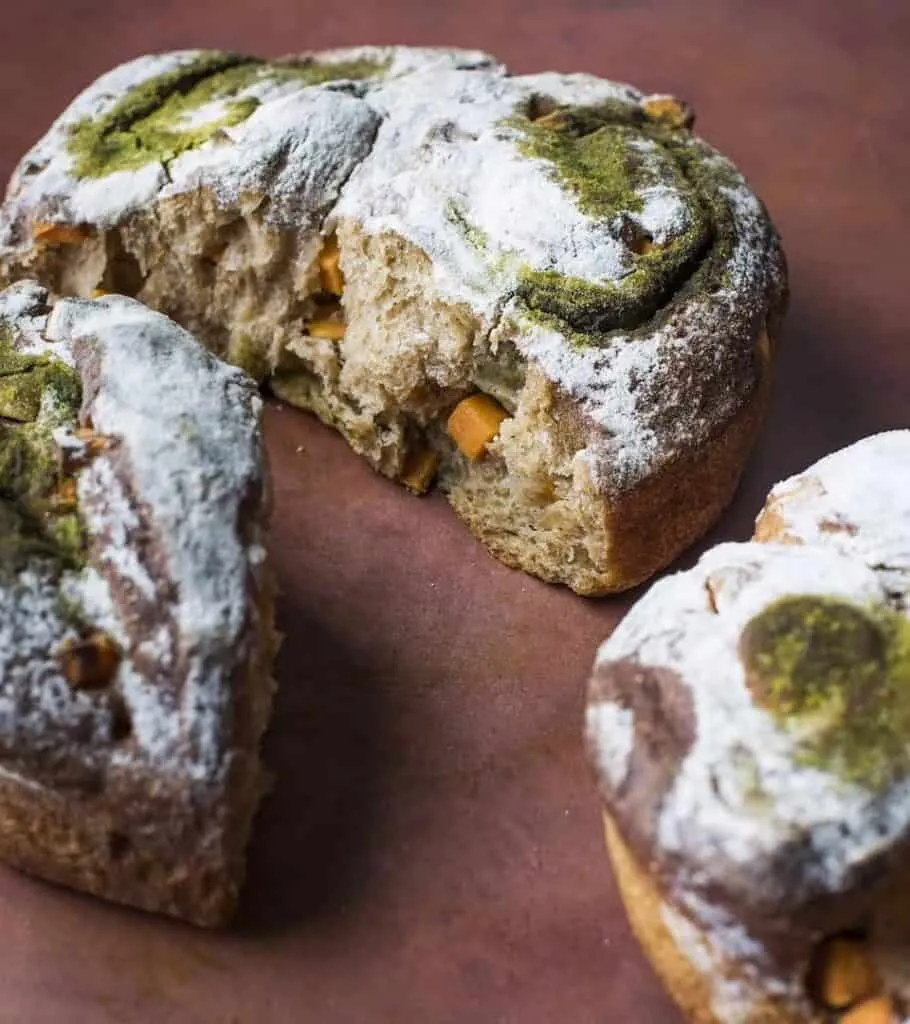
My role is more like an orchestra director in a way – we have absolute superstars in Vito Reyes our Executive chef, who would lead on the food and dish development, Luca Depalo our Head Chef at Andina Picanteria, Ana Velázquez our Executive Pastry Chef who runs the bakery, and Zoltan Varga who heads up drink development (a true Pisco maestro). And then there’s Oliver Schmidt on interior design – he has an award-winning company, El Equipo Creativo in Barcelona – so it’s a very creative team.
Our food is very colourful – it can be really nutritious, but also filling. Peruvian food, particularly food from the Andes, has for many hundreds of years been farm-to-table, plant-based dishes- zero waste and naturally organic – it’s part of our DNA, not just a trend, and people here are starting to embrace that. So as a team we feel we have lots of know-how in that area to offer, and that’s what’s exciting come opening day.
5. What role does food play in Peruvian society and culture?
It’s the glue that brings everyone together. We’re obsessed with food! We were for the last hundred years or more; much more actually – this is nothing to do with getting caught up in the foodie trend through various talent shows – we talk more about food than we do politics, sex, the news… and we criticise it as much as well!
6. What are your go-to restaurants when you’re back in Peru?
In Lima I love El Mercado by Rafael Osterling; Isolina by José del Castillo and La Picanteria by Héctor Solís. I love La Nueva Palomino in Arequipa by Mónica Huerta Alpaca… to name a few!
7. What are your tips for visitors exploring local street food markets in Peru’s capital?
Mercado de Surquillo No. 1 is a really fantastic market. There is a ceviche stall at the back called El Cevichano, which is very good, right next to the fresh fish store. There’s also a stall that sells a fantastic array of Amazonian fruits, and there’s a Gelateria, a Peruvian ice cream parlour, just round the corner outside the market, that does the best plum ice cream. There’s a great organic market every Sunday in Miraflores , where you’ll find a couple of nuns selling the most amazing tamales – the tamales nuns! Occasionally there’s also a stall from an Andean producer who brings the most incredibly array of Andean potatoes…. There’s a market called Jesus Maria in Lima that’s got a tonne of great ceviche stalls as well. One stall just sells tiger’s milk (leche de tigre) of all different types. Loads of them!
8. I heard ceviche and the ‘marinating’ of raw fish in tiger milk was pioneered by fishermen who were tired of burning holes in their boats? True?
I’ve not heard that but it sounds plausible! It originated from the fishermen in the north of Peru, the Moche culture, as a way of preserving fish.
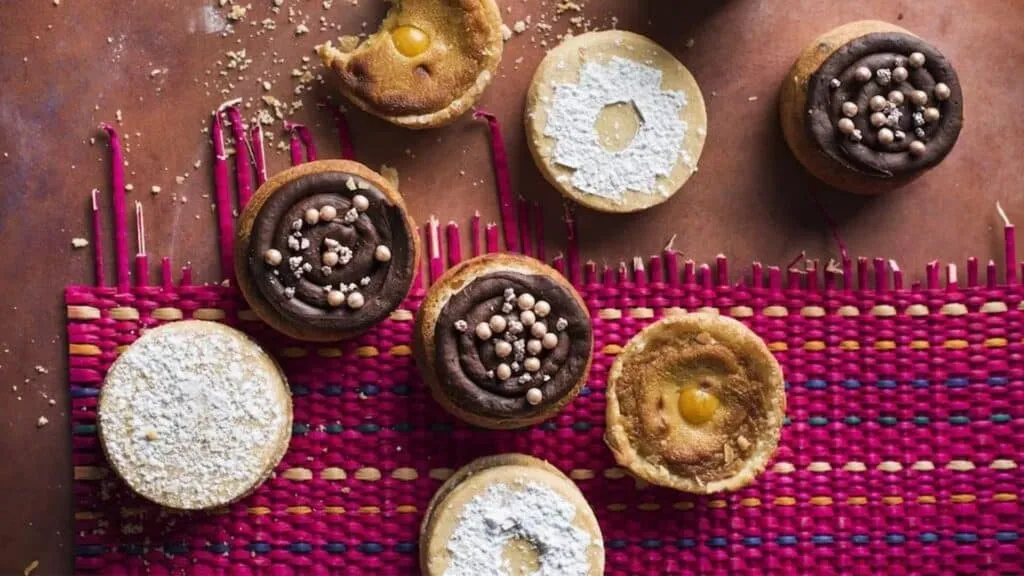
9. Which other Latin American country do you feel has a gastronomic offering as rich and varied as Peru?
None as varied, in my humble opinion, but others that are equally as rich and beautiful for their own reasons. There are several with incredible gastronomic offerings; Brazil, Colombia, Argentina, to name a few.
10. What do you never travel without?
A picture of my wife and kids.
11. Fast forward to your appearance on Desert Island Discs. Which record do you save from the waves, and what is the luxury item you take to a desert island?
Todos Vuelven by César Miró, a Peruvian composer, but the interpretation by Rubén Blades. And luxury item… a mango! A ripe mango from Peru.
Related Stories
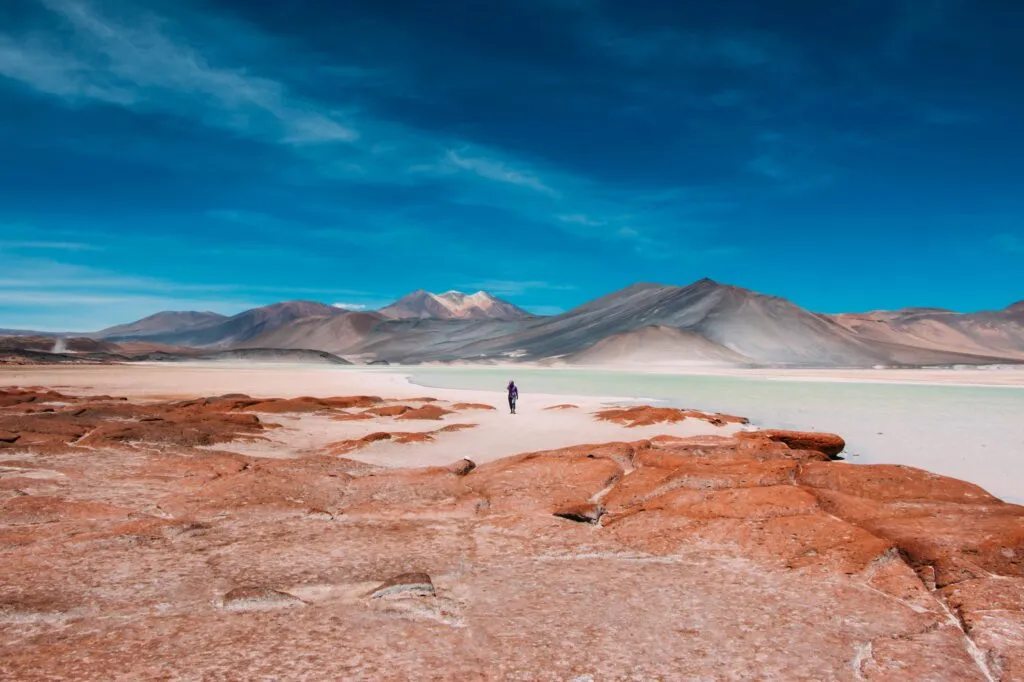
The Insider’s Guide to Chile’s Atacama Desert

Discovering Gaston Ugalde: Bolivia Through the Eyes of the Andean Warhol
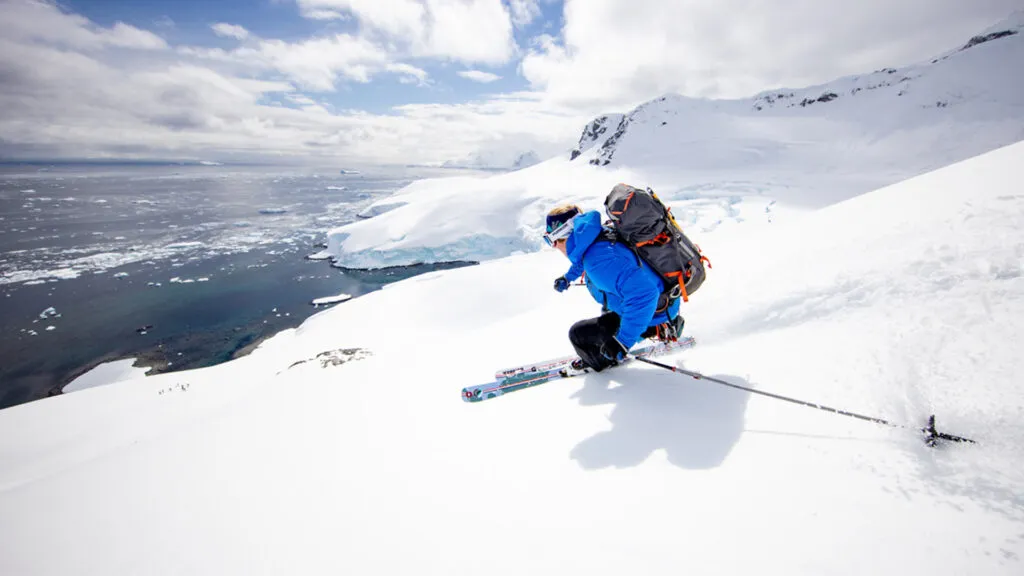
Where to Ski in South America
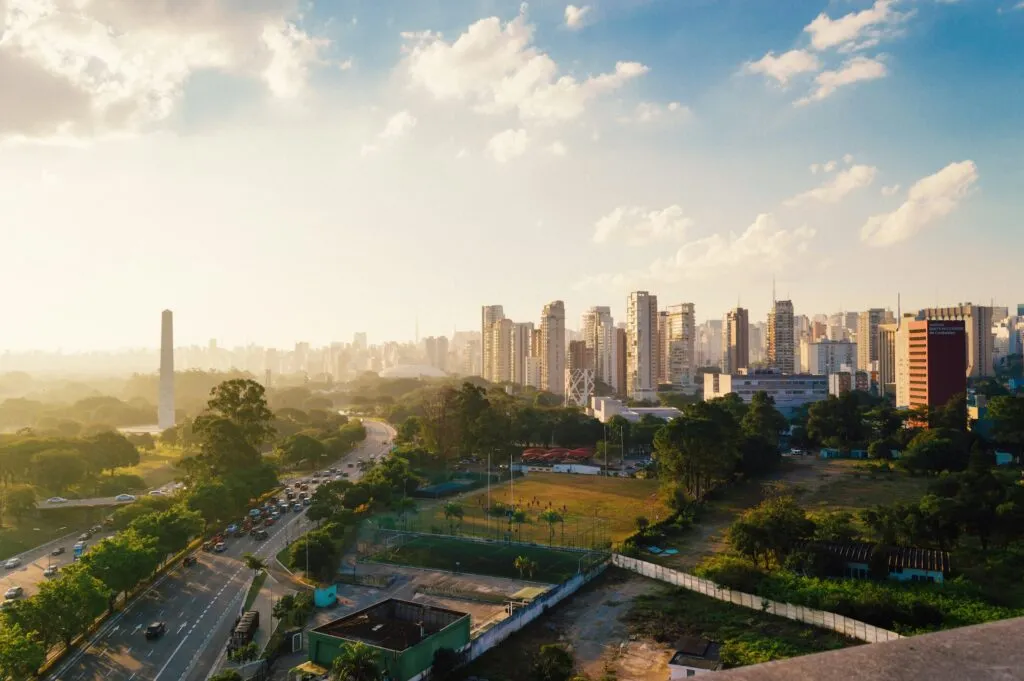
How to Spend a Weekend in São Paulo: An Insider’s Guide
@plansouthamerica
